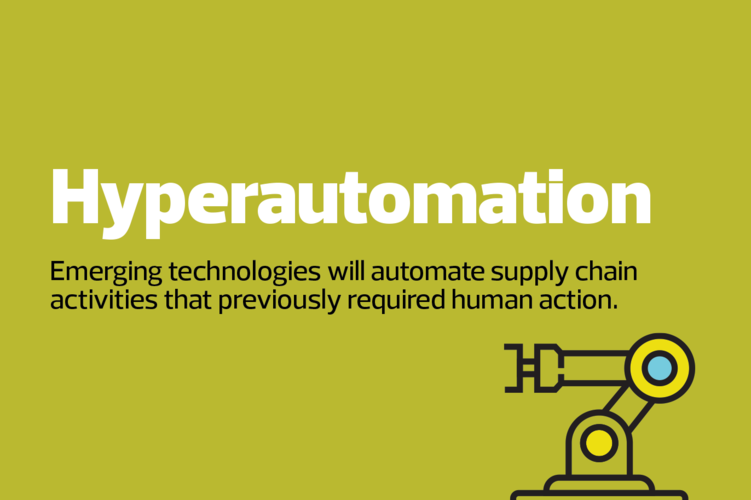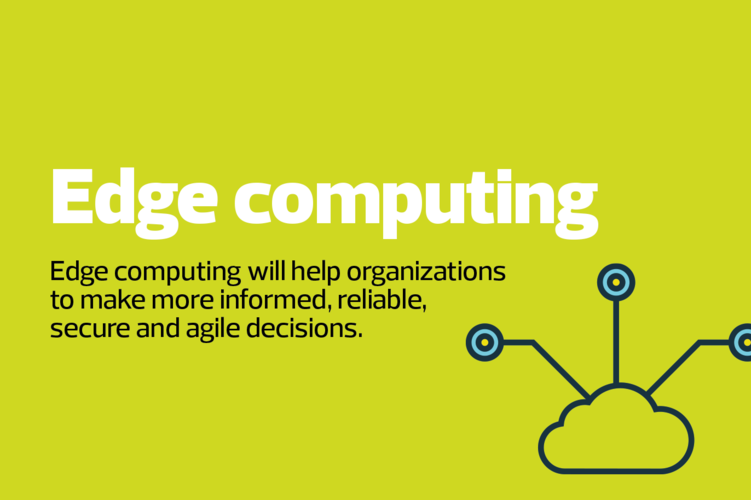“We had worries, and many of them were realized,” Mallory says. “Our tech vendors and partners did a good job of setting expectations, but the choke points in the supply chain kept changing.
”The supply chain challenges of the past couple of years have taught IT and business leaders to be more adaptable and proactive when it comes to tech procurement, says Alla Valente, a senior analyst at Forrester. “People understand now that one minor glitch can suddenly cause their technology to get stuck on a ship in the middle of the ocean,” she says. “We’ve learned that to minimize the probability and impact of supply chain shortages, we need to get better at planning ahead.”
IT Leaders Must Adapt to the New Normal
When Guru Vasudeva became CIO for infrastructure and operations at Nationwide Mutual Insurance in 2019, he introduced a cost-cutting measure: Rather than replacing laptops every four years for the company’s 35,000 employees and contractors, the insurer would move to a five-year refresh cycle.
At first, as IT costs came down, the move seemed like a stroke of genius. Then, the COVID-19 pandemic hit, and workers began using their laptops for hours of videoconferencing each day. Many of the devices couldn’t hold up to the new demands, and Nationwide struggled to replace them in a timely manner due to supply chain constraints.
“We never got to a point where people didn’t have devices, but at least 15 percent of them had older or suboptimal devices,” Vasudeva says. “We have monitoring technology deployed on all our machines, so we knew that around 5 percent of our people were definitely having challenges, and an additional 10 percent were just getting by.”
To weather the storm, Nationwide took tactical and strategic actions, increasing memory and optimizing lap-tops. It also expanded the types of devices it supports, adding Dell laptops and Microsoft Surface tablets to its HP portfolio. “The technology needs for various user groups are quite different,” Vasudeva notes. “The hybrid world really changed things, and we began tailoring our technology more to specific use cases.”
The organization also reclaimed devices from people who were leaving the company and distributed them to employees who needed them. And, rather than continuing to stretch out its refresh cycle, Nationwide began placing its orders earlier and getting devices into the organization as quickly as possible. “By the end of this year, we’ll have deployed 15,000 new laptops,” Vasudeva says. “We’re close to 50 percent refreshed. That puts us in a great position.”
















